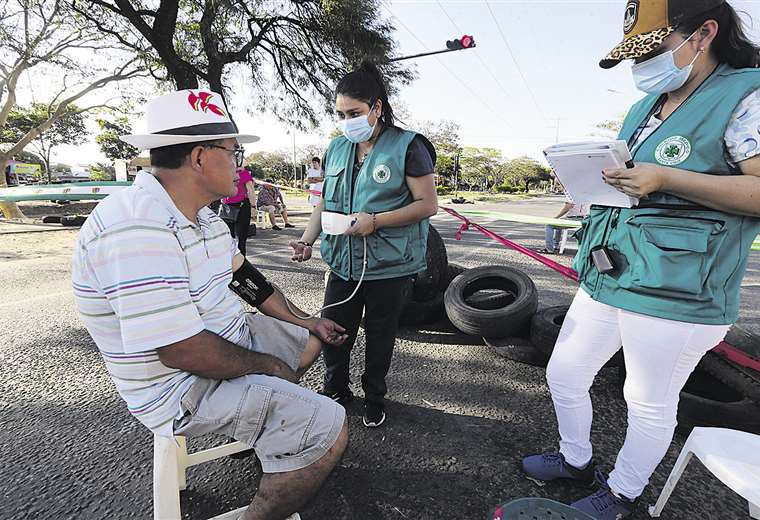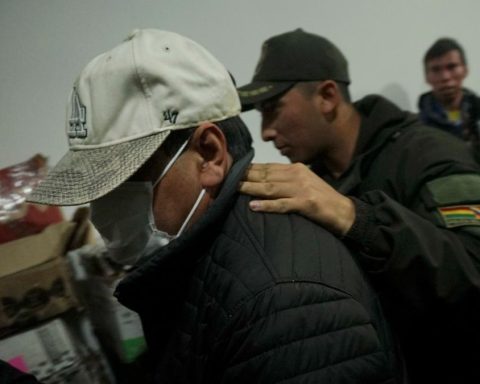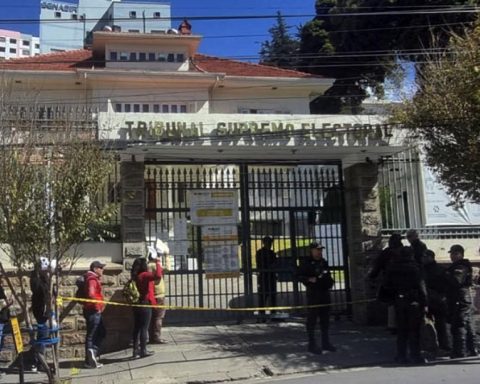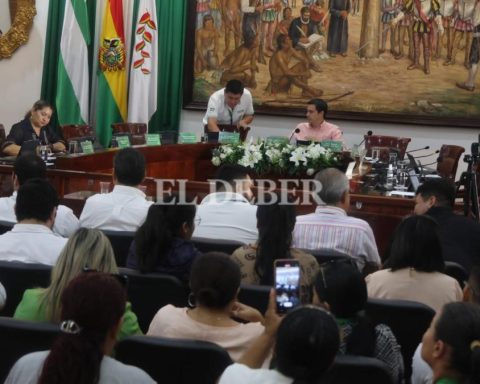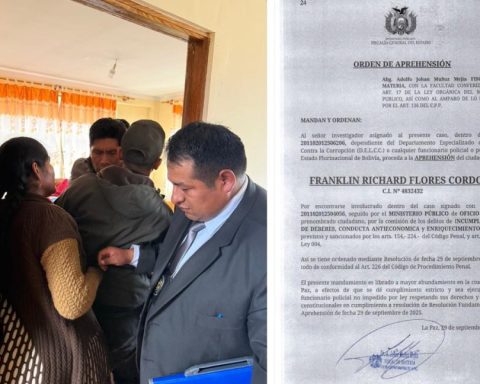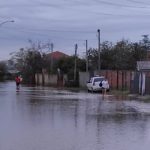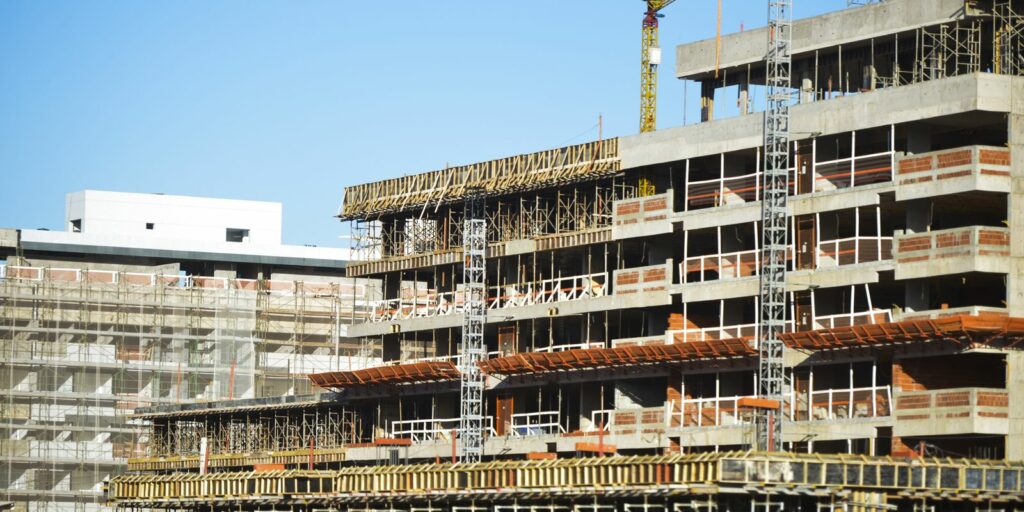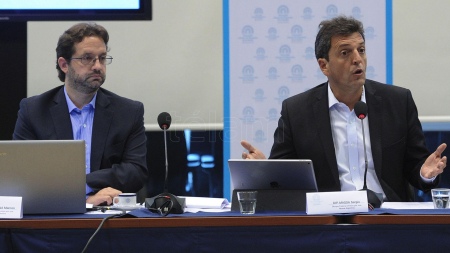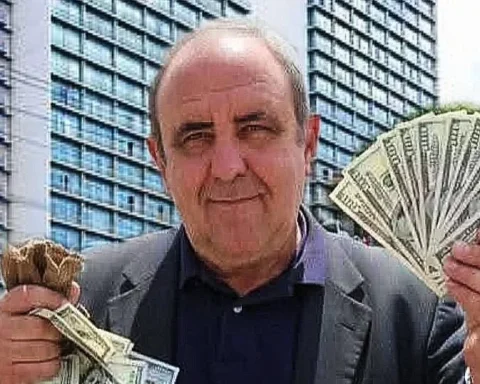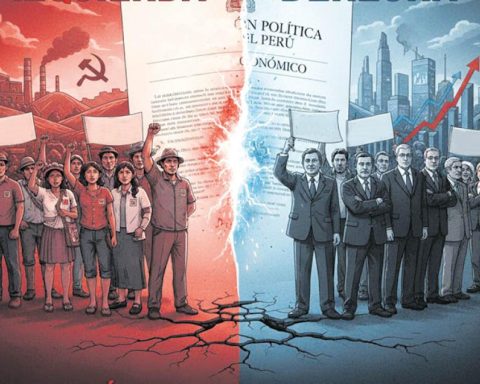October 26, 2022, 7:31 AM
October 26, 2022, 7:31 AM
Two stoppages ago, Mauricio Martínez, head of the Intensive Care Unit (ICU) of the National Health Fund (CNS), realized that I needed a motorcycle to assist your source of employment.
Unlike other colleagues, and having a medical leadership position, Martínez has to move every day from his home, located on the fifth ring road of Bolivian Air Force Avenue (former Santos Dumont), to the 400-bed Workers’ Hospital, for the third ring zone and Mutualista.
He admits that, in one way or another, doctors, nurses, administrators, in short “all the personnel who work in a health institution”, is affected, but understands that the sacrifice is for the benefit that can be achieved in the end. “We support the strike in 2023, 100%”, he clarifies.
He says that before you could avoid the blockade points, or go through them by vehicle, just by showing a card. However, he believes that people have become somewhat intransigent because they do not let pass, “We have to talk a lot, even discuss, since we explain roundabout by roundabout, we cannot neglect work, let alone critical care,” he says.
Martínez emphasizes that the fact that they are not wearing hospital pajamas means that many administrative staff are not allowed to circulate, despite the fact that they have the identification of health personnel.
“It is important to use the media to raise awareness, we have to get to the hospital yes or yeswe cannot leave patients abandoned”, he concludes.
Andrés Martínez, from the Intensive Care Unit of the San Juan de Dios Hospital, acknowledges that going back through a strike is a sacrificebut that the goal is worth it.
Every time he has to go to work, since the pressure measurement began, he must walk for 15 minutes, until he comes out to Cristo Redentor avenue, from where the hospital vehicle picks him up, and which takes him from the eighth ring road to the center of the capital of Santa Cruz.
He acknowledges that at the time of entering work he has not had major problems, but it is at night when “things get more difficult”.
He has had to go by bus, by motorcycle, and on foot, but presenting his card, he finally manages to break through the fences. “I think we are all assuming this unemployment and hopefully we will have a solution soon,” she reflects.
Both Mauricio Martínez and Andrés Martínez have their wives as part of the health personnel, and they go through similar situations. In the case of Mauricio, he has had to take his life partner on a motorcycle to his source of employment, and Andrés, to make the journey on foot with his wife.
Richy Anderson Hurtado is the medical chief of the Japanese Hospital domes, and also an intensivist on duty at the Las Américas Clinic.
is becoming a unemployment expert, and you already know how the logistics are, or you go in the hospital bus, or you transport yourself in your own vehicle, from the El Remanso area.
Normally it takes him half an hour to get to his source of employment, but when there is unemployment, he says it can take him more than an hour.
For his wife, a doctor at the Municipal Hospital of La Pampa, the journey is longer and perhaps more hampered.
At Hurtado’s house, the issue of buying or not buying a motorcycle for this type of situation has already been discussed, but so far there is no consensus. Meanwhile, he continues to move as he can, and he confesses that he is having more and more difficulties.
On two occasions they asked him for money, first some children, then some adults with dirty clothes, drunk and with sticks. “What I don’t understand is why some people wear a hood,” he questioned, confessing that for his safety he had to hand over some coins.
He believes that the best alternative is to go through the main avenues, because the greatest inconveniences have been found when looking for shortcuts.
“Although it sounds paradoxical, the places where they bother the most are the shortcuts that one takes to avoid the main avenues. In addition, in the shortcuts there is no one to help move things, tires, etc., or if the point is blocked by people, they are drinking, obviously not all”, he clarifies.
He understands that there are all kinds of people, those who are aware of what this strike and the census mean, who let ambulances and health personnel through, but he questions conflicting people.
Hurtado accepts that, in general, stoppages stress for everything that comes with getting to work, even worse if there are patients in intensive care. “But it is understood, unfortunately we have no other way to protest against all the injustices of the Government that tries to take advantage of everything and nothing. The strike is necessary, I support it and I hope that the census will be carried out in 2023, he concludes.
Lina Chumacero works at the Noel Kempff Health Center, in Plan 3,000. Up to that point she arrives from the fifth ring and Radial 13.
Yesterday was his first day of work since the strike began, and he was optimistic, since in the morning he left in a taxi and arrived without any mishap. However, he heard his colleagues complain, those who traveled in buses from the health network, and who suffered some inconveniences, especially those who have to leave their homes through the first and second rings.
The ugly part was in the afternoon, around 5:45 p.m., when he finished his day and tried to return home. “It was quite complicated to get out, and that it wasn’t even 6:00 p.m., there were sections of the sixth ring, in Plan 3,000, with people blocking, and as much as we said that we were health personnel, they asked us to collaborate, either by buying soft drinks. Mobility had to be diverted in several sections. At that time, not even a motorcycle was there, ”he confessed.
According to Chumacero, the “ugliest” points are on Radial 10, at the height of the fifth and sixth rings. As soon as I passed the roundabouts, on each block there were pitas and ropes, and refreshment sales, where you had to collaborate.
Yesterday, the Medical College of Santa Cruz set up a medical care point on Virgen de Cotoca Avenue, at the height of the fourth ring road, as a form of support for society.
In the place, the neighbors were able to receive first aid, take blood pressure and, if necessary, also some medication.
“We are here every day, while the strike lasts, from 8:00 a.m. to 2:00 p.m. and from 2:00 p.m. to 8:00 p.m. We will be supporting and serving the community”, said one of the brigade members, by way of inviting the neighbors to take advantage.
The Santa Cruz Mayor’s Office also installed medical brigades at four strategic points in the city, such as the sixth ring road and Cristo Redentor avenue; deputy mayor of municipal district 9; double lane to La Guardia and fourth ring road; and, finally, on 2 de Agosto avenue and seventh ring road.
“We are with medical attention, nasal antigen test and vital signs control. Anyone who needs a consultation, symptom of covid-19, or who wants to measure vital signs, can come in person. We will be there from eight in the morning until two in the afternoon,” said Miriam Rodríguez, a municipal brigade doctor.
The secretary of Health of the mayor’s office, Adriana Amelunge, indicated that each day, approximately 60 emergencies are attended.
He acknowledged that they have had problems with some blocking points, and that even they have attacked the health personnel and the vehicle, which delays the transfer of personnel and therefore the arrival at the health center. “We have moved vehicles to all hospitals and centers, but we need more support from the population,” the authority urged.
In the Los Lotes area, entering one block from Bolivian Air Force Avenue, on the seventh ring road, two ambulances from the Ministry of Health offer free dental care to the inhabitants, from morning to afternoon.
Yesterday, the Minister of Health, Jeyson Auza, questioned Governor Luis Fernando Camacho for “incite” doctors to suspend services. He stressed that a doctor who does not comply with his work will have his discount as established by the regulations.
